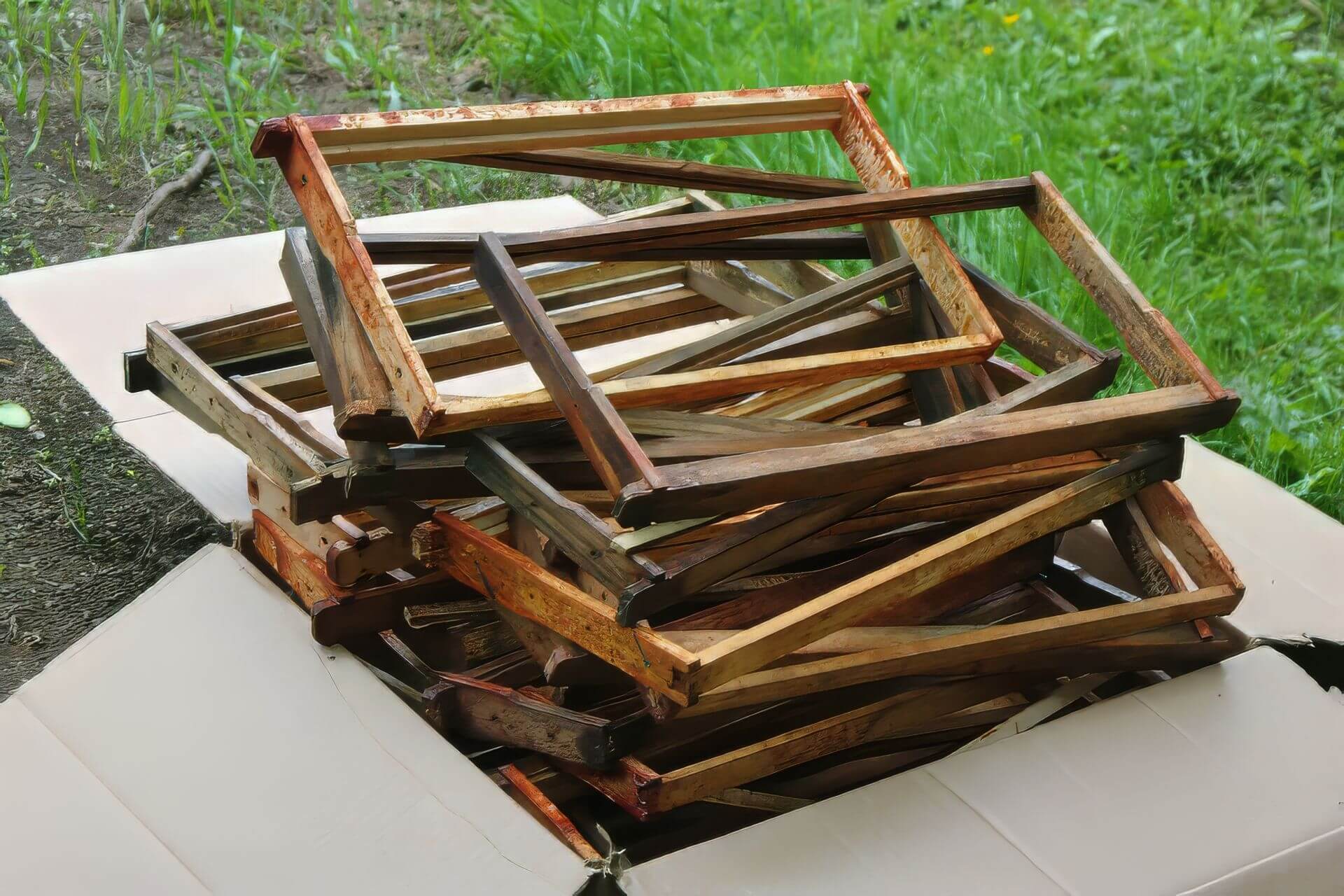
I was never a hoarder. As a child, my address shifted whenever a new sibling arrived or my dad’s employment changed. Later, as a camp counselor, my quarters moved along with each influx of new campers. In college, dorm rooms rotated for inexplicable reasons. And then, after graduation, I transplanted to find work and independence. By my early thirties, I had lived in all four corners of the country with a short stint in the center.
Those years of moving on short notice taught me the art of nimble living. To this day, I like cupboards, drawers, and closets to be only half full so I can find the stuff I need.1 I prefer shallow shelving, so nothing gets lost behind something else. And I love the ability to pack up and leave in a jiffy. It makes me feel free.
Moving is the easiest way to purge stuff: I find it difficult to decide what to keep and what to toss until the prospect of moving it across the nation clarifies its value. During eight tortuous years in San Diego, I kept my stuff in boxes, always looking for an opportunity to return north where trees thrived and ice plants didn’t.
A life-changing decision
Once back north, I became a beekeeper. And worse, we bought a house we kept for the next 30 years. Instead of moving and purging, we just built additional outbuildings. I wish I were joking. Instead, I numbered the outbuildings with little signs, just to keep my life organized.
It’s not as bad as it sounds. Unlike the scenes from reality television, I’ve kept my standards regarding everything but beekeeping,* a word that comes with an attached asterisk that means “standards do not apply.” So while my floors are clear and the fridge is bare, my beekeeping* shed is another story.2 Let’s just say I’m relieved there’s a magazine between you and it.
Too naïve to know
Like many beekeepers, I started with the basics: two complete hives, a bee suit, gloves, hive tool, smoker, and a pair of packages. No more shopping, I figured. What more could I possibly need?
Even though I grew up around honey bees, I was incredibly naïve about their habits. I didn’t know colonies multiply like rabbits, that bees share space with unfriendly lifeforms, or that hive tools vanish as easily as swarms. Everything about beekeeping* was more complex than I expected, and each complication required some sort of stuff — stuff you had to buy or make or find to continue keeping bees.
Turning detritus into diamonds
It’s this last part — the accumulation of stuff — that can ruin the habits of a lifetime neatness freak. An item with no value to a normal human is a treasure to someone who believes it might be useful, maybe even tomorrow. Within a few months of that first conservative purchase, the new beekeeper discovers that found stuff is essential. Not only do we collect hives, but we accumulate all the optional extras, things like inner covers, assorted feeders, follower boards, Snelgrove boards, and varroa trays …


